Buttery Homemade Pie Crust. The dream. You want it flaky, a little salty and honestly melt-in-your-mouth, but sometimes it comes out… just meh. Been there. You go to roll it and it sticks everywhere, or after baking, it’s kinda like cardboard (I’ve literally had that happen trying to impress my mother-in-law, yikes). But don’t worry, it’s totally fixable—even for beginners.
Buttery Homemade Pie Crust
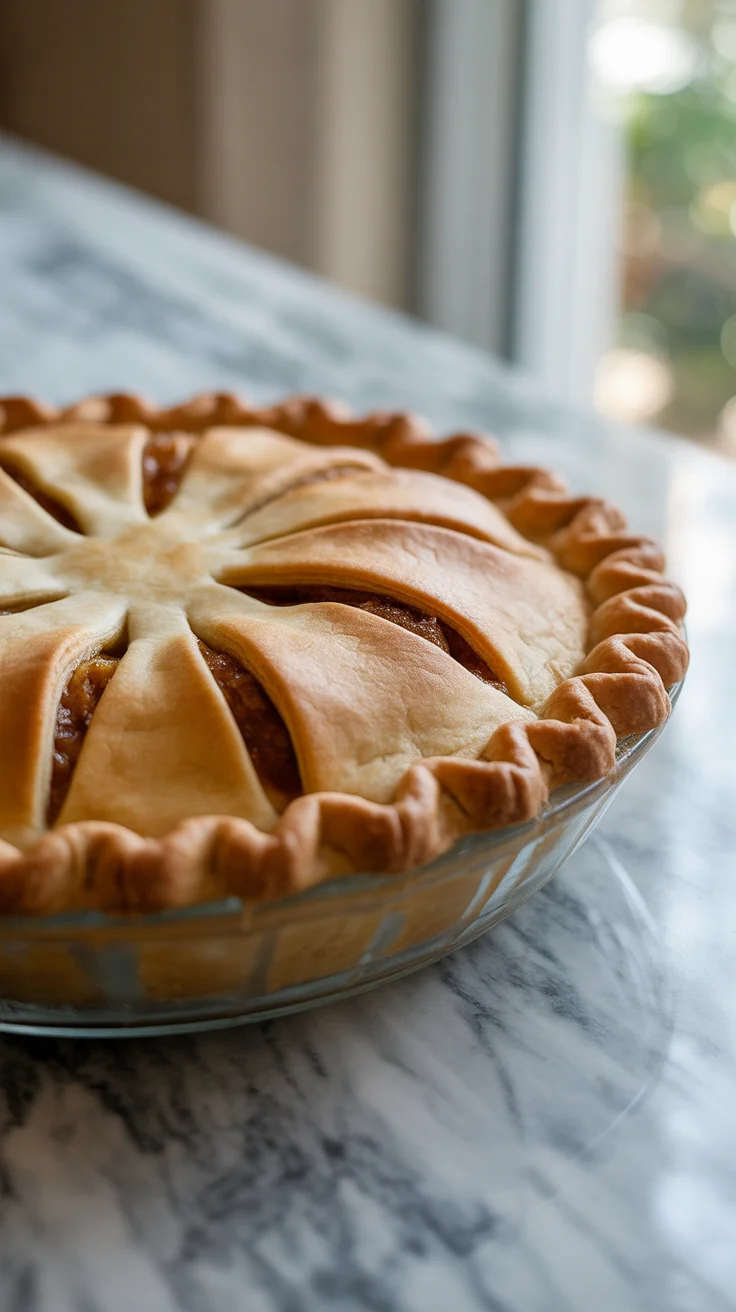
Seriously, if you can make toast, you can do this. And once you get it down, you’ll impress anyone who sits at your table (or your couch, no judgment). If you want to see a pie crust winning at life, check out this Homemade Fresh Pumpkin Pie for some extra pie-spiration.
Key Ingredients
So here’s the thing. With a pie crust, the ingredients list is short, but every piece does some heavy lifting. Ignore what fancy chefs say—this is what really matters.
First off, all-purpose flour. If you use cake flour or bread flour, just… don’t. Trust me. Next is cold butter, emphasis on cold. The colder, the flakier. Some folks swear by shortening, but if you want that real-deal flavor, stick with all butter. Salt, please—don’t forget it, or your crust will taste like bland math homework. And then there’s ice water. Not just cold. Put ice cubes in it so it’s freezing.
Some people try to jazz it up with vinegar or a dash of sugar. Sure, it can help, but honestly, you don’t need those unless you’re looking for a sweeter crust (like for dessert pies or something fancy). Keep it simple until you’re confident, then you can experiment.
My grandma once tried to make a “healthier” pie crust with olive oil—instead of butter. Let’s just say nobody ate dessert that night. The classic combo: flour, butter, salt, and icy water. That’s where the flaky magic comes from. If you mess with the lineup, don’t say I didn’t warn you.
“This is hands down the best pie crust recipe I’ve tried after years of sad, soggy bottoms. It really is foolproof!”
– Jenna L., home baker from Tennessee
Buttery Homemade Pie Crust
The Secret to the Best Pie Crust
Here’s the deal, and it’s not complicated. The key to a perfect pie crust is keeping everything as cold as a polar bear’s toes. Butter needs to stay cold so that it forms tiny pockets in the crust—when it hits the oven, those little bits of butter melt, leaving air pockets, AKA flakiness!
Work quickly. If it takes you more than ten minutes to pull it together, toss the dough in the fridge for a bit. The warmer your hands get, the gummier the crust. And do NOT overwork it, or you’ll activate the gluten (see, sometimes we use the fancy word) and end up with pie crust that’s tough enough to use as hockey pucks.
Another tip? When you add water, drizzle it in a tablespoon at a time and mix with a fork or your fingers. Stop as soon as it holds together if you pinch it. Err on the side of slightly crumbly—it’ll come together when you roll it out, trust me.
It’s crazy, but sometimes just patting the dough into shape gently, not kneading, somehow makes a five-star restaurant pie crust at home. Let it rest in the fridge for at least half an hour before rolling it out, or overnight if you’ve got patience (I never do, but hey, some people love planning ahead).
Buttery Homemade Pie Crust
How to Make Pie Crust
Okay, deep breath—here we go. I promise it’s not rocket science.
Start by measuring your flour and salt in a big bowl. Cut your cold butter into the flour using your fingers, a pastry cutter, or just two butter knives. You want chunks the size of big peas (maybe smaller, but don’t make mush).
Now go slow—add your ice water, one spoonful at a time. Mix just until the dough comes together if you squeeze it in your hand. Don’t overmix unless you want to start over.
Divide it in half (you’ll usually get two crusts out of one batch). Pat it into a rough round disc, wrap in plastic, and chill it. The chilling is boring, but worth it—watch a cat video, phone a friend, whatever.
When you’re ready, dust your counter and rolling pin with a little flour. Don’t drown it or your crust will get tough. Roll from the middle out, turning as you go so it doesn’t stick. If it tears, patch it—it’s rustic. All the great bakers do.
Lay it in your pie dish. Trim the edges, crimp (or not, up to you), and throw it back in the fridge for 10 minutes before baking. If you’re blind-baking, poke a few holes with a fork so it doesn’t puff up.
For the filling, honestly there are a zillion options. I usually go with this classic Homemade Fresh Pumpkin Pie filling when it’s autumn (my kitchen smells so good you can practically taste the holidays).
Let me be real: You’ll mess up your first crust. Everyone does. But when you nail it? You’ll never go back to store-bought pies again.
Buttery Homemade Pie Crust
Troubleshooting
Let’s be straight, disasters are pretty much part of pie life. Pie crust sticks. It cracks. Sometimes it shrinks like you washed it hot.
Too tough or gummy? It probably got overworked or too wet. Next time, use a lighter hand and watch your water! If it’s crumbly and falls apart, it might just need an extra teaspoon of ice water—but go slow.
Butter leaking out everywhere? That means your dough got too warm, or you rushed it. Try popping the crust back in the fridge for 15 minutes before baking. Still melted? You might have gone a little heavy on the butter. Yes, that’s possible (shocking, I know).
Ever end up with a soggy bottom? That’s the worst. Try blind baking—just bake the crust by itself for 10 minutes before adding the filling, especially for juicy pies.
Also, don’t panic if it looks wonky. Most people care more about the taste. Besides, a pie with personality beats a supermarket robot-pie any day.
Buttery Homemade Pie Crust
| Common Problem | Why It Happens | What to Do |
| Tough crust | Overmixed, too much water | Use less water, mix less next time |
| Shrinking | Dough not chilled, overworked | Chill before baking, avoid stretching |
| Soggy bottom | Not blind baked/filling too wet | Blind bake, use less juicy filling |
Recommended Pie Crust Tools
I’ll be honest, you don’t actually need fancy equipment, but a few things make life easier.
First—get a heavy rolling pin. The lighter the pin, the more you’ll be tempted to press hard and overwork the dough. Next, a pastry cutter or just two knives helps keep the butter cold and chunky, which is, as I’ve said, everything.
A cheap silicone mat for rolling is a game changer. No more scraping dough off the countertop with regret. And if you can, use a metal or glass pie plate—they cook more evenly and make your crust crispier.
Just make sure you’ve got a fridge with enough space for chilling the dough. If you can’t chill pie dough, honestly, you’re fighting a losing battle.
- Heavy rolling pin makes rolling easier without squishing your dough flat.
- Pastry cutter or two knives keeps your butter cold and chunky.
- Silicone mat saves on cleanup and counter sticking.
- Metal or glass pie plate bakes more evenly for those golden bottoms.
Buttery Homemade Pie Crust
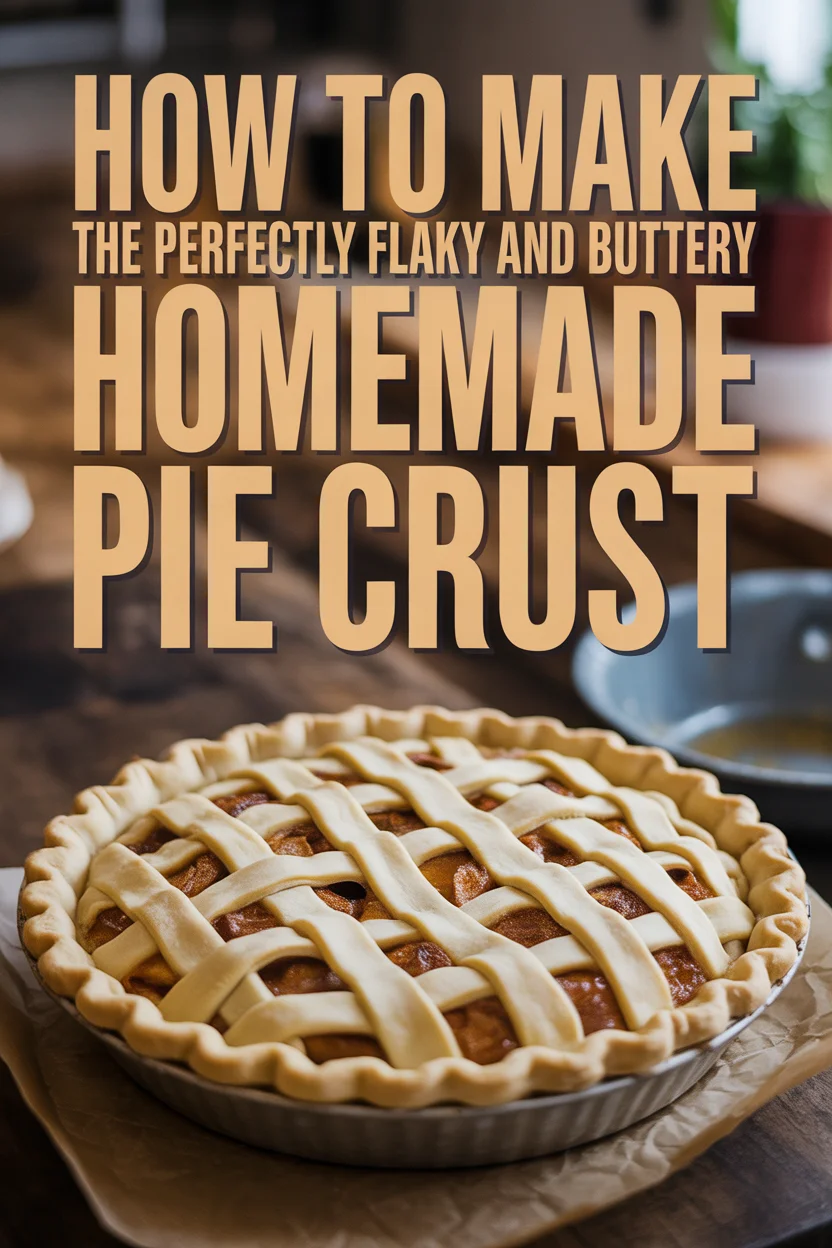
Once you’ve got these, pie making feels way less like a struggle and more like a kitchen victory dance moment.
Phew, that’s a lot, right? If you made it this far, you deserve a pie… or at least a gold star. Remember, making the perfect Buttery Homemade Pie Crust is all about practice, patience, and accepting that sometimes things go off the rails (even for folks who bake way too often). Whether you’re after Thanksgiving glory or just an excuse for a Tuesday night treat, following these basics will get you there.
For more ways to level up your baking skills, check out this Easy Flaky Butter Pie Crust Recipe from Inspired Taste—it’s a stellar resource with extra step-by-step photos if you’re more of a visual learner.
Oh, and hey, pie crust is just the start. If you want more homemade deliciousness for your table, see how to make the crispiest fries ever or chicken soup so good you’ll forget about takeout. Happy baking, you flaky butter superstar!
Print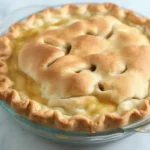
Buttery Homemade Pie Crust
- Prep Time: 10 minutes
- Cook Time: 10 minutes
- Total Time: 20 minutes
- Yield: 2 crusts 1x
- Category: Dessert
- Method: Baking
- Cuisine: American
- Diet: Vegetarian
Description
A foolproof recipe for a flaky and delicious homemade pie crust that impresses everyone.
Ingredients
- 2 1/2 cups all-purpose flour
- 1 cup cold unsalted butter, cut into chunks
- 1 teaspoon salt
- 6–8 tablespoons ice water
Instructions
- In a large bowl, combine flour and salt.
- Cut in the cold butter until the mixture resembles peas.
- Add ice water, one tablespoon at a time, until the dough holds together.
- Divide the dough in half, shape into disks, wrap in plastic, and refrigerate for at least 30 minutes.
- Roll out the dough on a lightly floured surface, turning as you go.
- Transfer the rolled dough to a pie dish, trim edges, and chill for another 10 minutes before baking.
Notes
Keep all ingredients cold to ensure a flaky crust. Avoid overworking the dough.
Nutrition
- Serving Size: 1 slice
- Calories: 250
- Sugar: 1g
- Sodium: 300mg
- Fat: 18g
- Saturated Fat: 12g
- Unsaturated Fat: 5g
- Trans Fat: 0g
- Carbohydrates: 24g
- Fiber: 1g
- Protein: 2g
- Cholesterol: 30mg


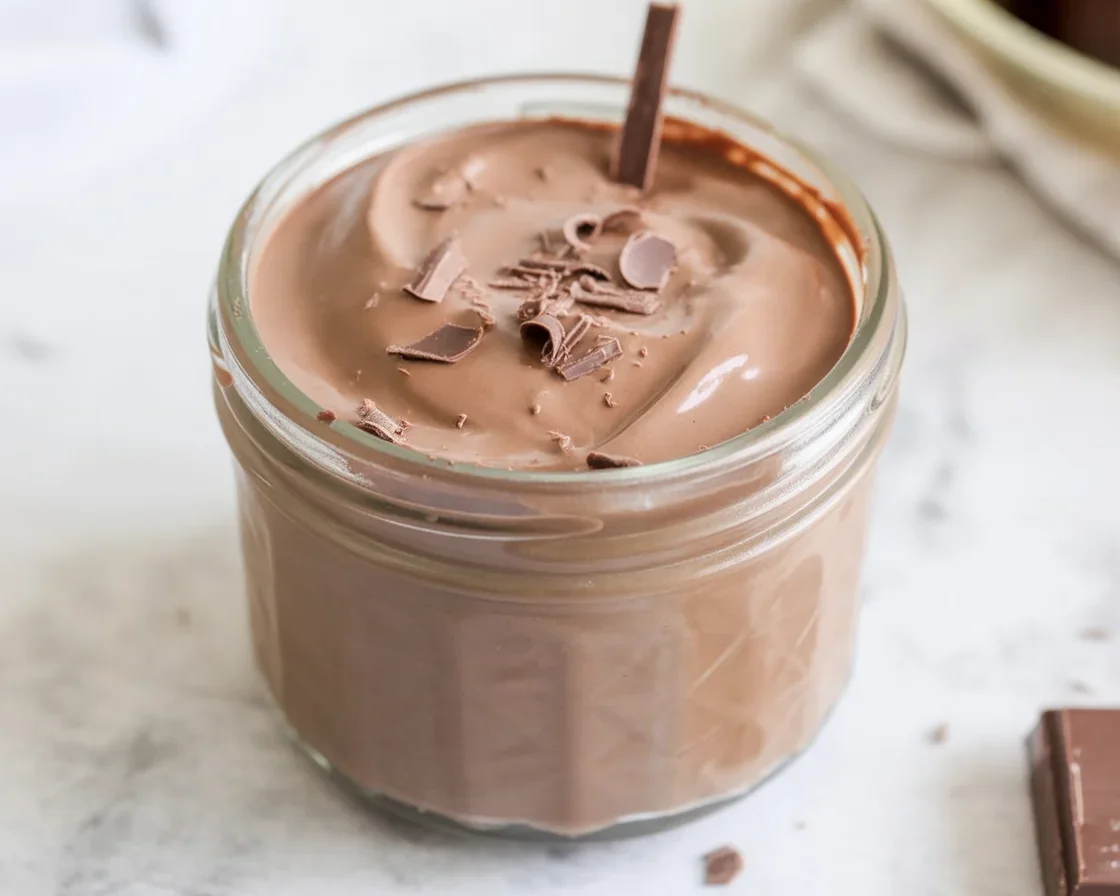
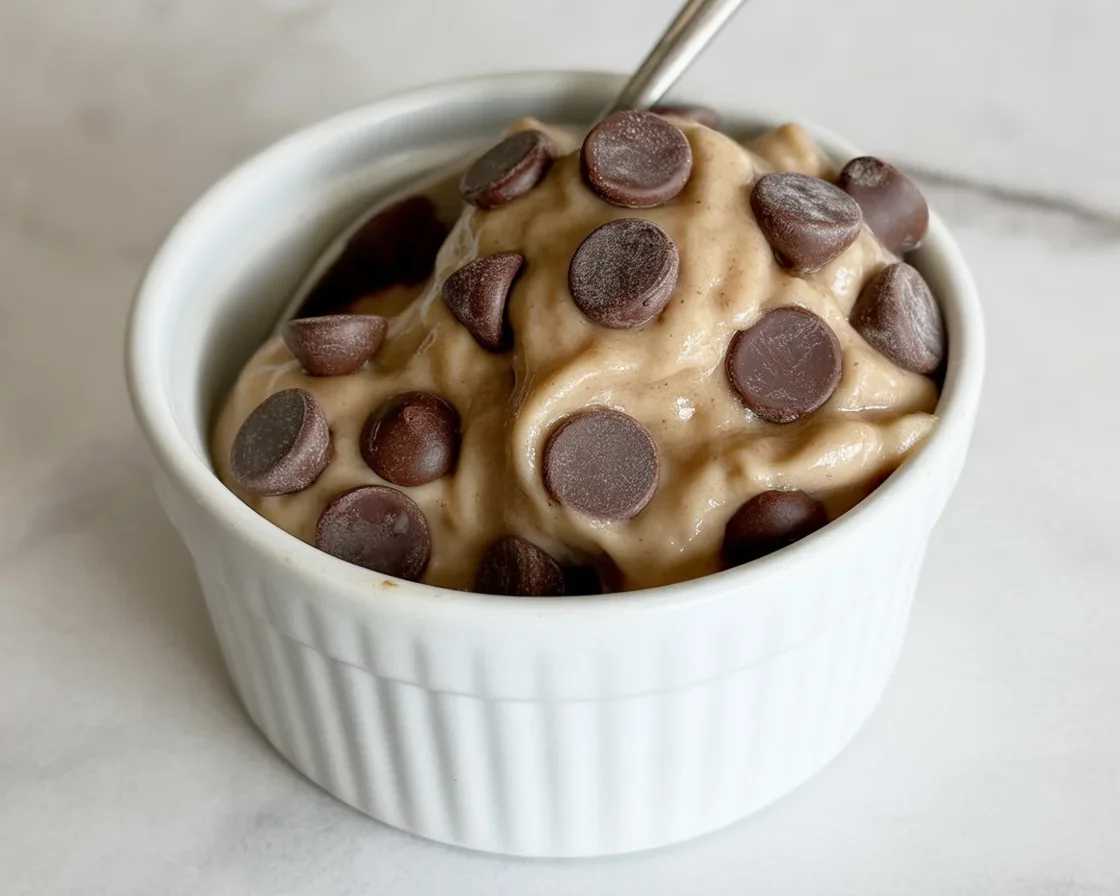
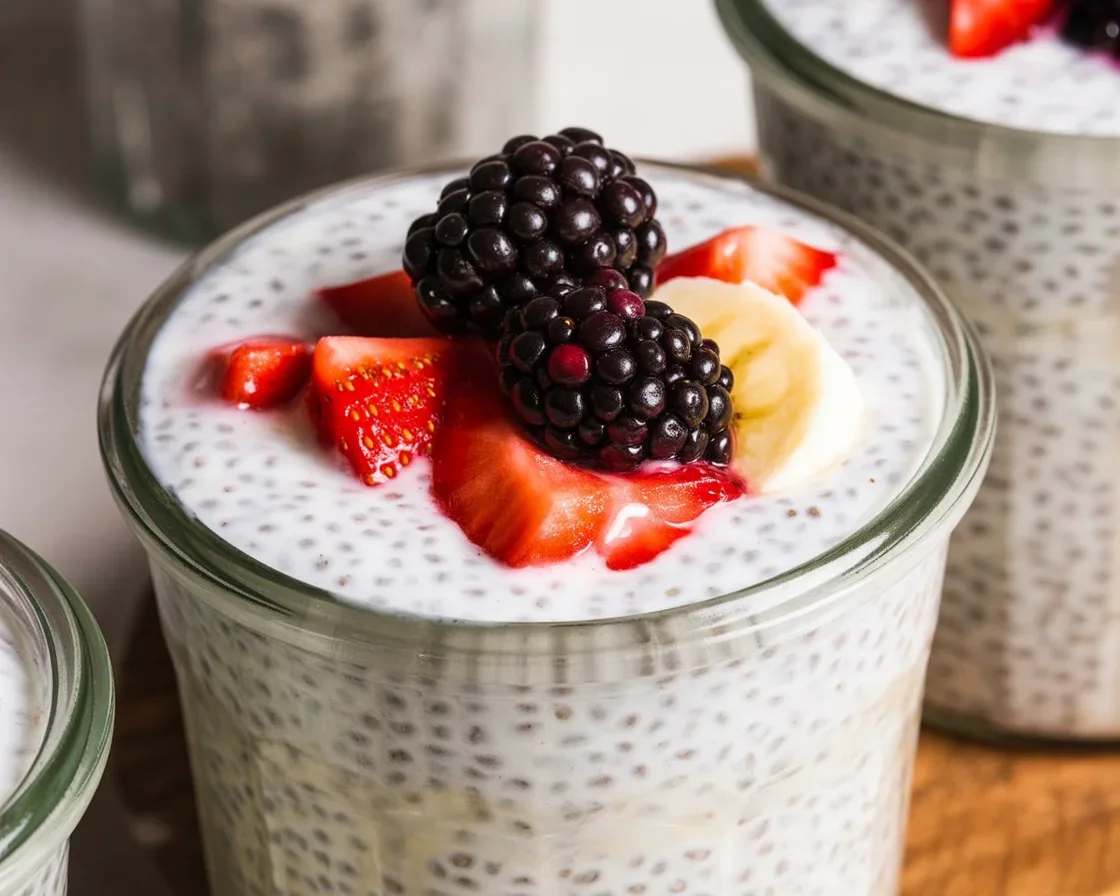
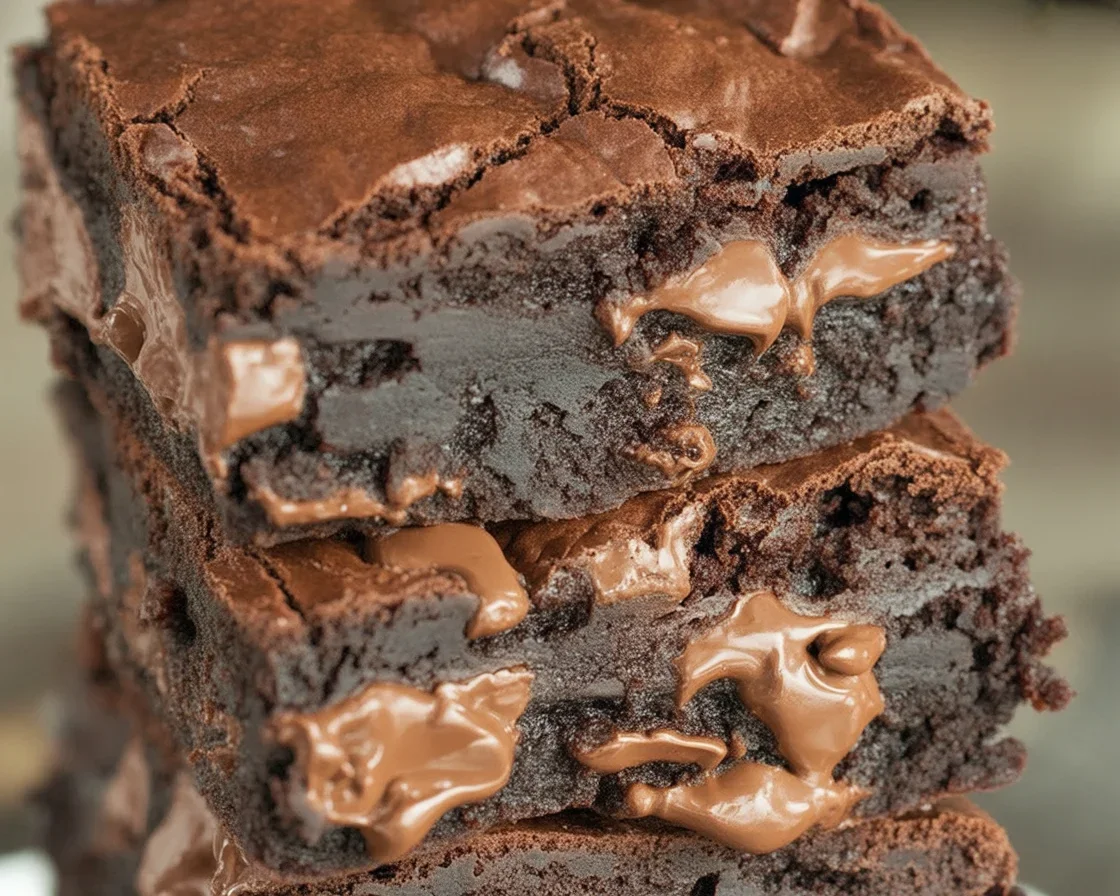
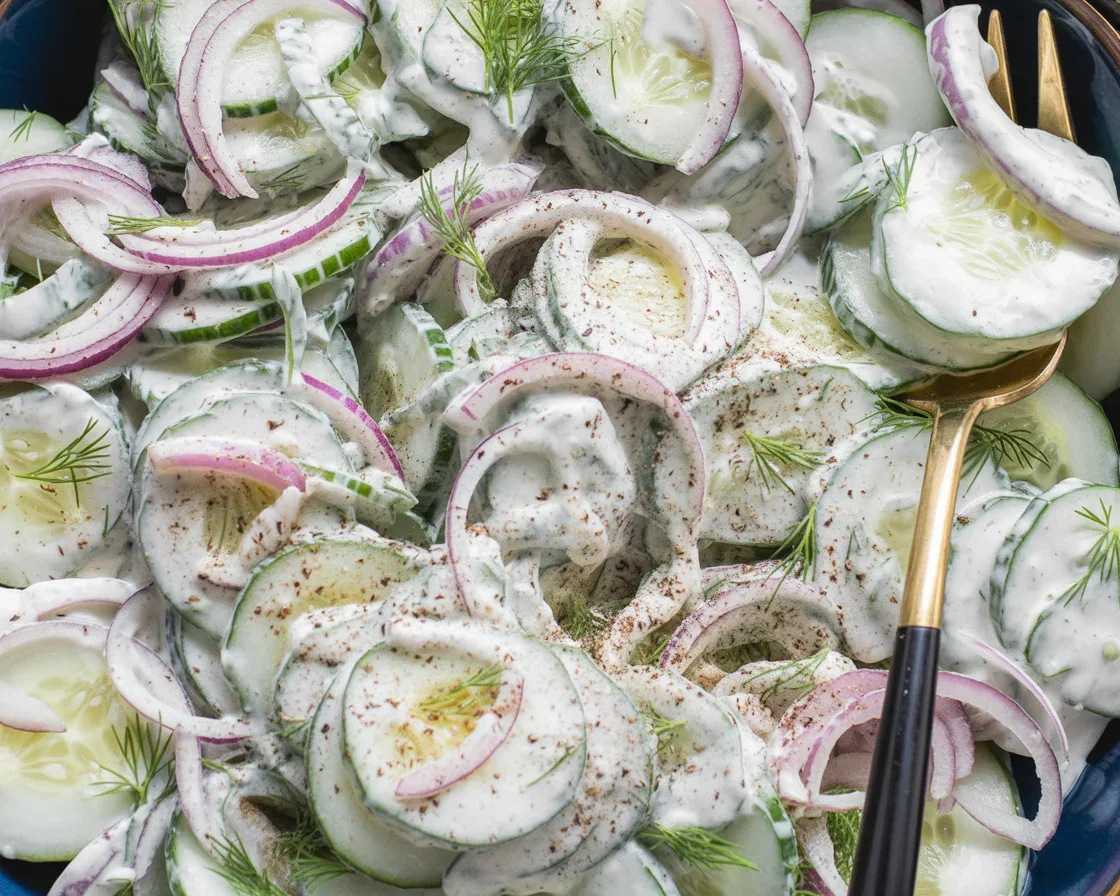
Leave a Reply